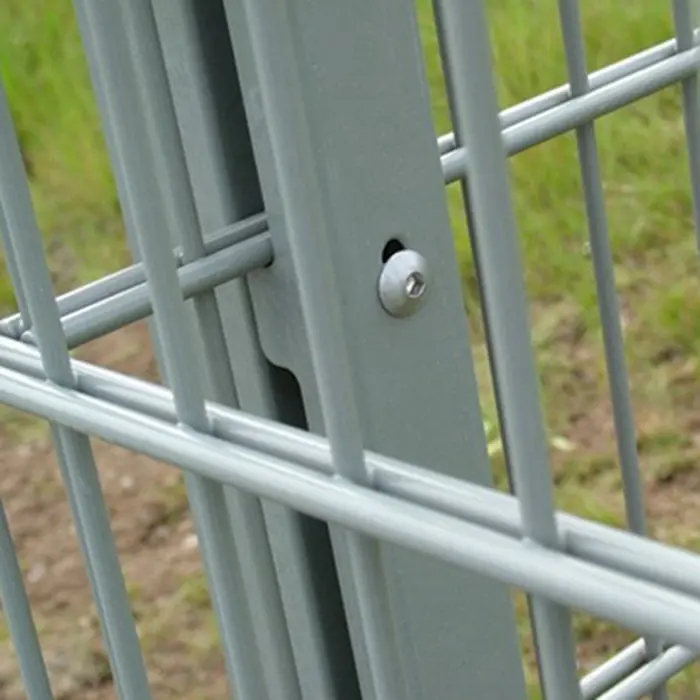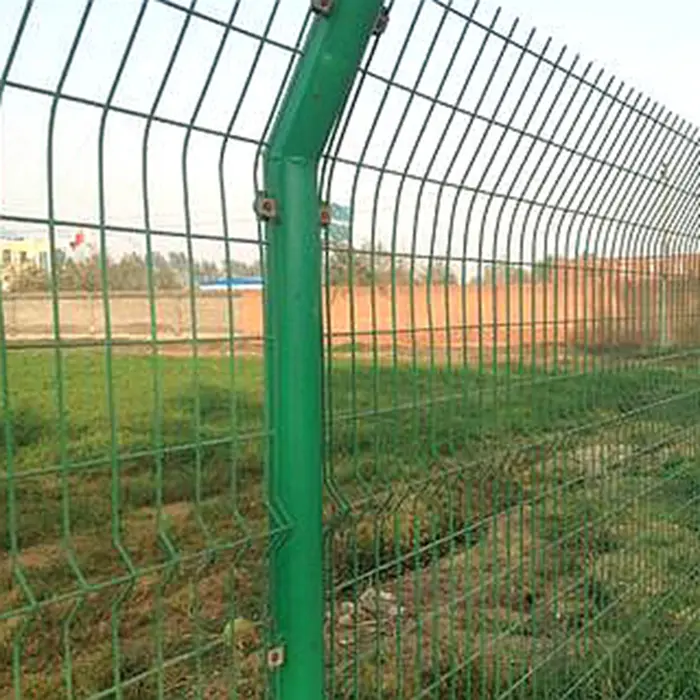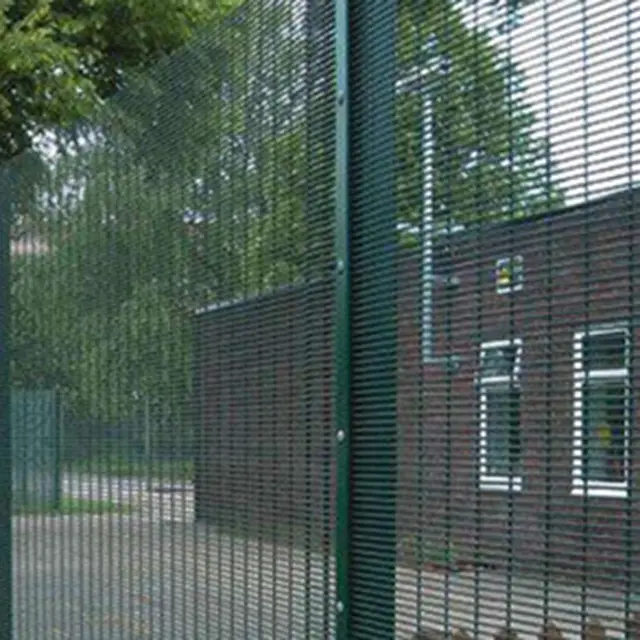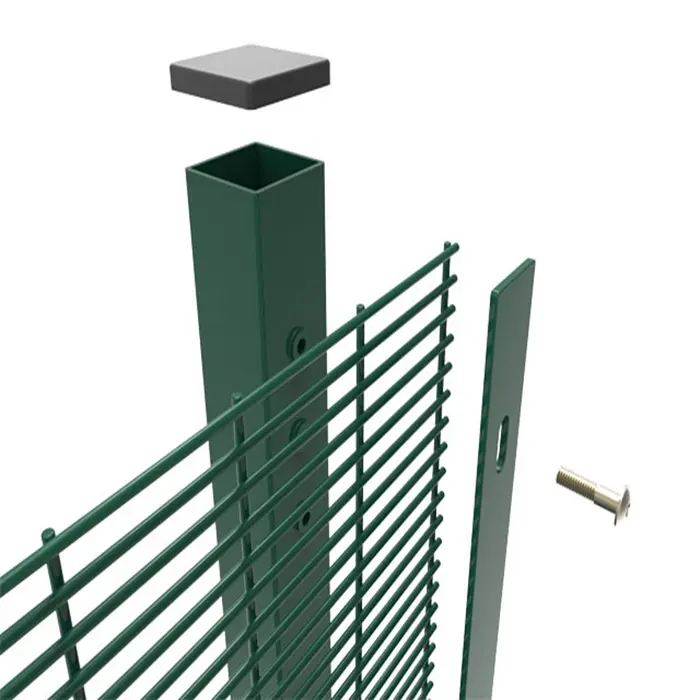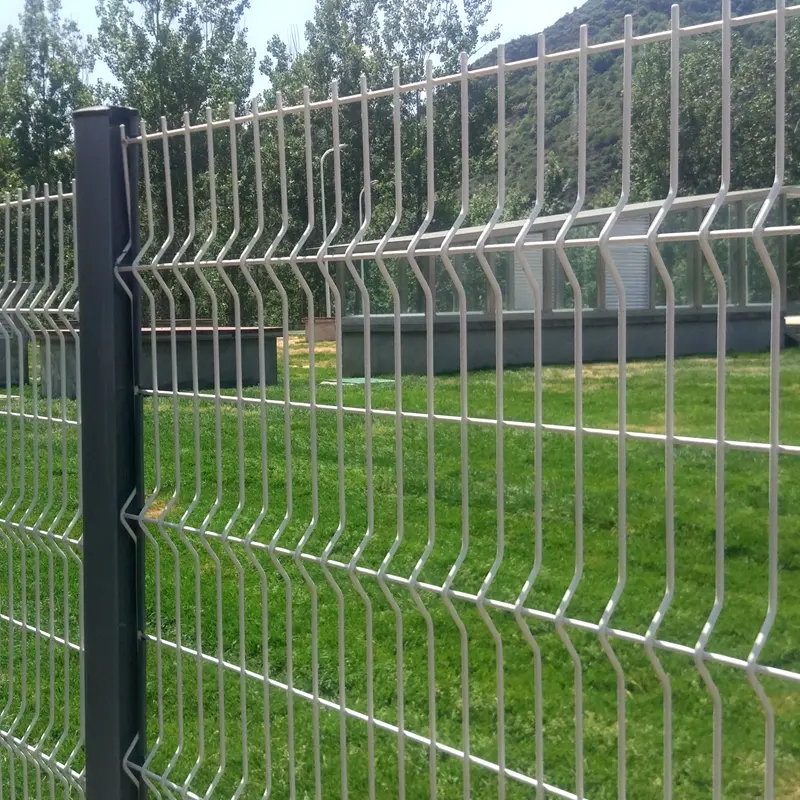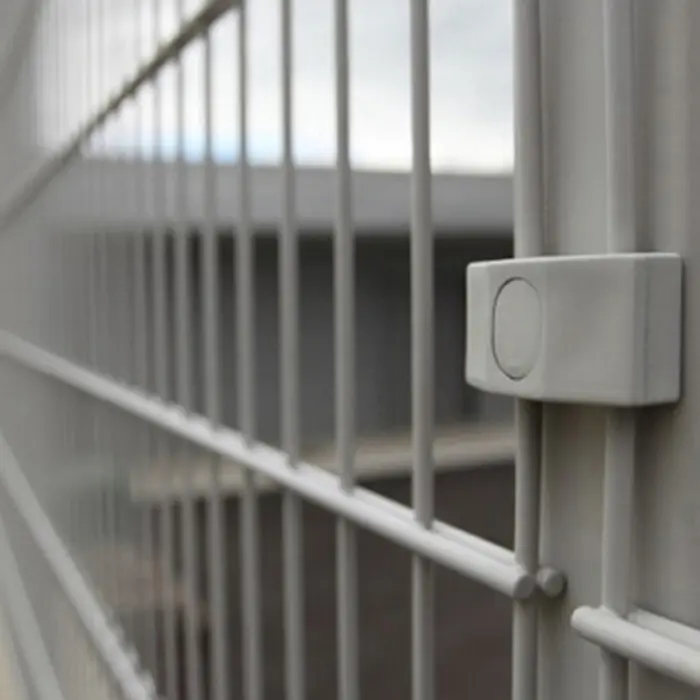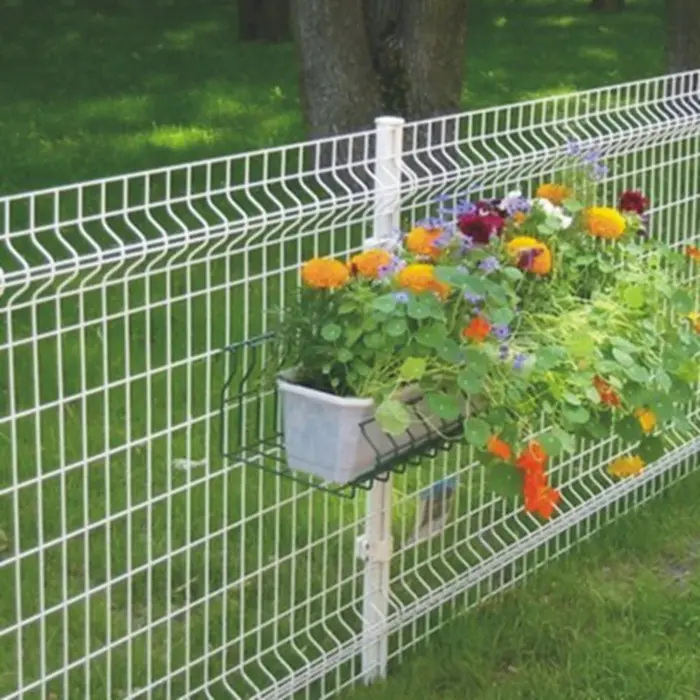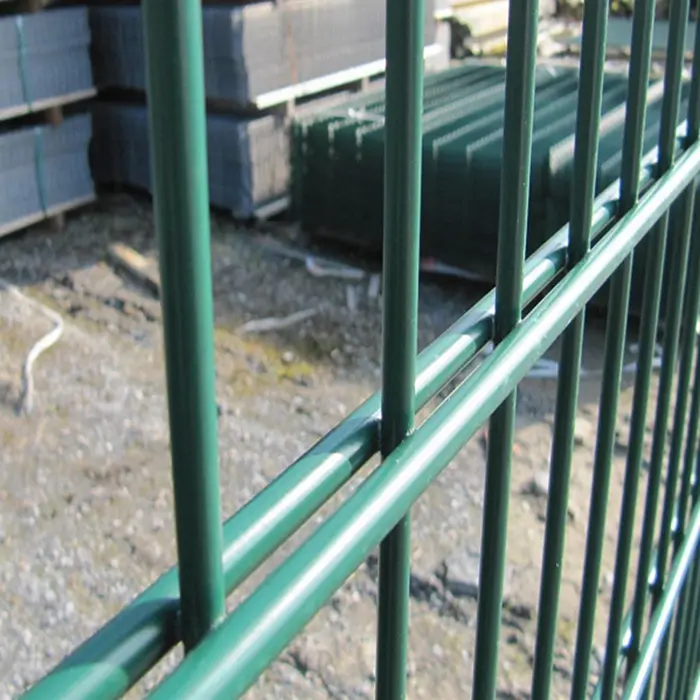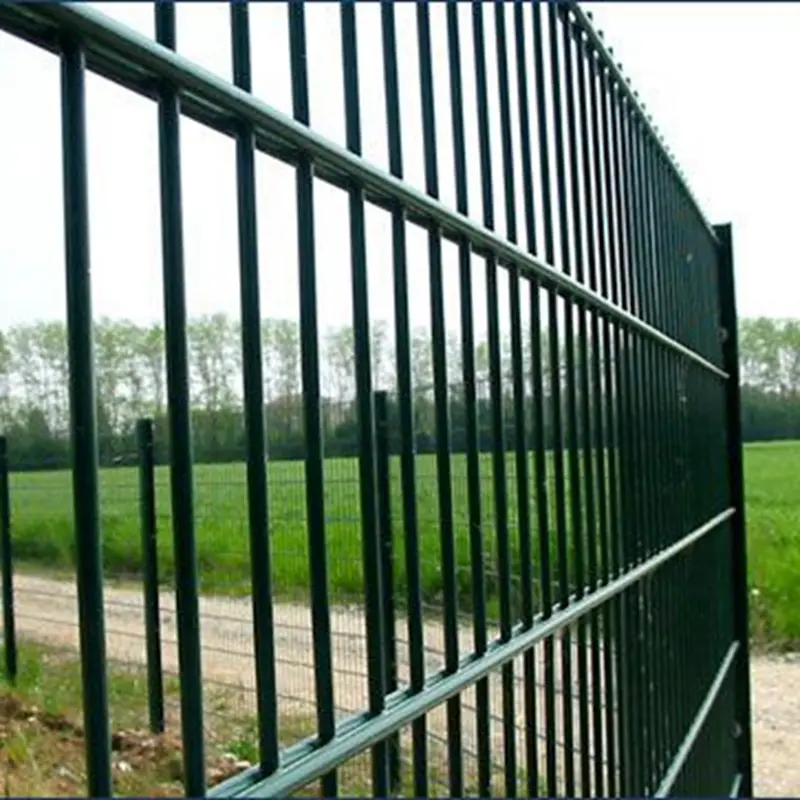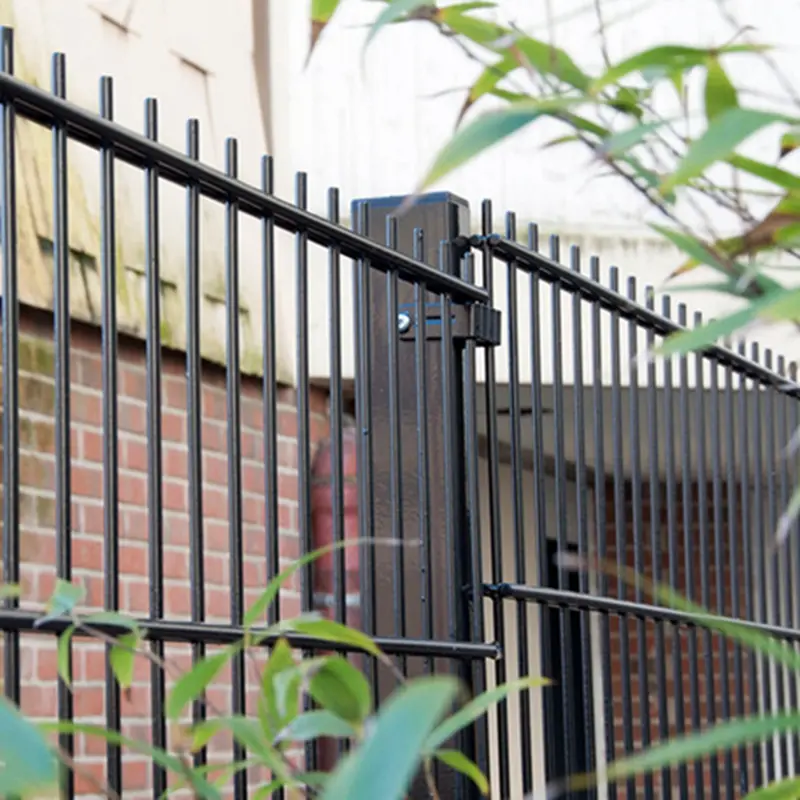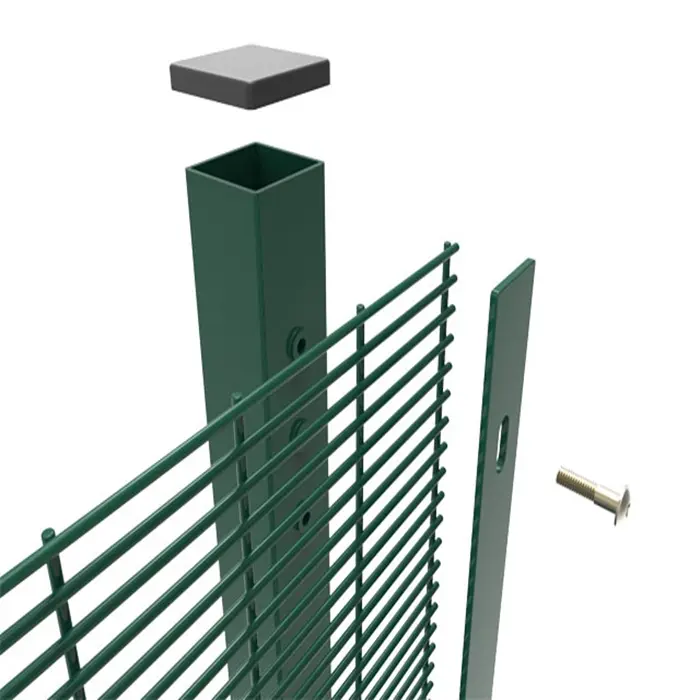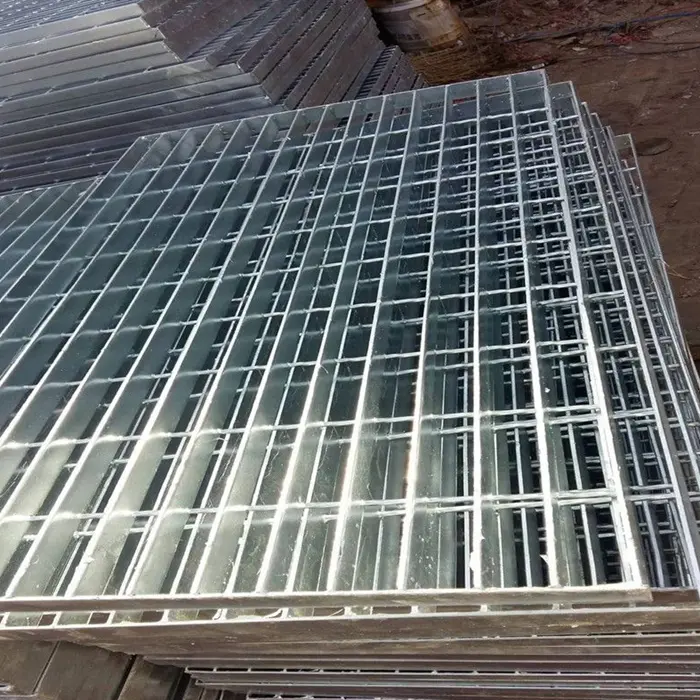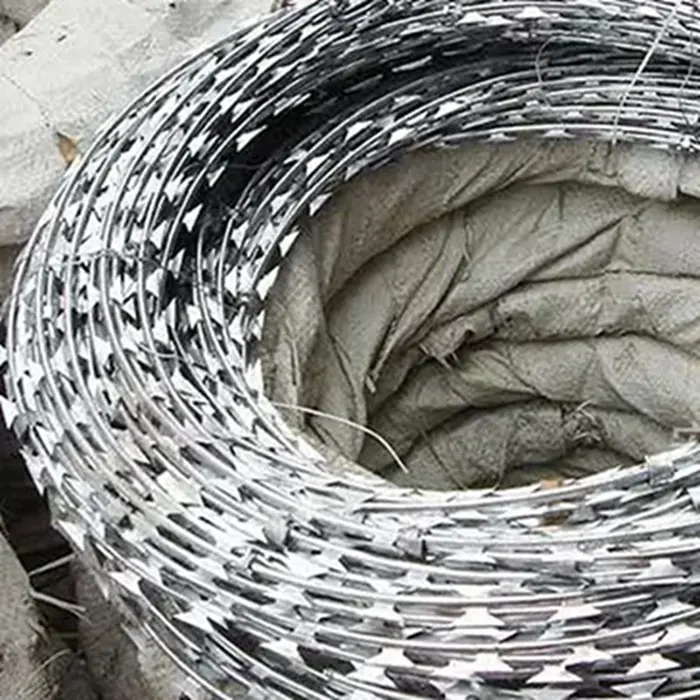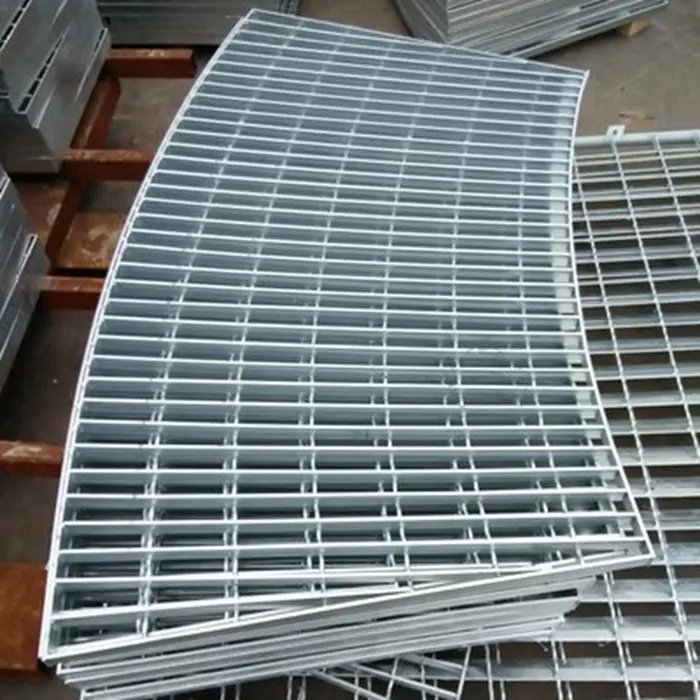Welding fence e bolela mokhoa oa ho haha makhoakhoa a tšepe using welding techniques to join individual components, such as rails, posts, and panels. This method ensures a strong, durable, and long-lasting structure, making it ideal for security, privacy, and boundary demarcation. Typically made from materials like steel, iron, or aluminum, welded fences are resistant to weathering, corrosion, and physical impact, especially when treated with protective coatings like galvanization or powder coating. Their robust construction and adaptability make them a preferred choice for perimeter fencing solutions in both commercial and industrial settings.
Compared to prefabricated or bolted fences, high security perimeter fencing like welded fence provides superior strength and stability, making them suitable for high-security areas like prisons, military sites, or industrial facilities. Additionally, their aesthetic appeal allows for decorative designs, blending functionality with visual appeal. Proper installation and maintenance ensure that perimeter security fence solutions remain robust and effective for decades, offering long-term reliability and peace of mind.
Fense ea terata e cheselitsoeng e tla tšoarella halelele hakae?
A welded wire fence typically lasts between 15 to 30 years, depending on material quality, environmental conditions, and maintenance. Fences made from galvanized steel tend to last the longest (20-30 years) due to their rust-resistant coating, while non-galvanized or lower-quality wire may deteriorate in 10-15 years. Powder-coated fences offer additional protection against corrosion and UV damage, extending their lifespan further. For enhanced durability and corrosion resistance, consider using stainless steel welded wire mesh panels, which provide superior strength and longevity even in harsh environments.
Harsh weather, such as heavy rain, snow, or coastal salt air, can accelerate rust and weaken the fence over time. Regular inspections for rust, loose welds, or bent wires help prolong its durability. If damage occurs, prompt repairs—such as applying rust-resistant paint or replacing broken sections—can prevent further degradation. Proper installation, including secure posts and tensioning, also plays a key role in longevity. For applications requiring lightweight yet durable fencing, PVC weld mesh offers an excellent alternative, combining flexibility with resistance to environmental wear. Overall, with good maintenance and the right material choice, a welded wire fence can remain functional and sturdy for decades.
U Etsa Joang Hore U Boloka Lekhoakhoa le Cheselitsoeng le Tiile?
Ho boloka terata e tiileng e cheselitsoeng, ho kenya letsoho ka nepo le liphetoho tsa nako le nako ke tsa bohlokoa. Qala ka ho etsa bonnete ba hore litšiea tse matla, tse tšehelitsoeng hantle (tšepe kapa lehong le hloekisitsoeng) li arohane ka limithara tse 8-10 ho thibela ho theoha. Ho otlolla marang-rang ka thata nakong ea ho kenya ka ho sebelisa lesela la terata kapa sesebelisoa sa ho tla ho thusa ho felisa ho thella.
Ha nako e ntse e ea, boemo ba leholimo le tahlehelo ea tsitsipano li ka etsa hore terata e theohe. Ho tiisa terata hape ka mabanta a tsitsipano kapa likhechana tsa terata ho ka khutlisa ho tiea. Ho kenyelletsa litšepe tse tšekaletseng tsa tšehetso lipakeng tsa li-post le hona ho thusa ho tsamaisa tsitsipano ka ho lekana. Bakeng sa botsitso bo eketsehileng, sireletsa tlase ea terata ka lithupa tsa fatše kapa terata ea tsitsipano ho thibela liphoofolo kapa litšila ho e sutumelletsa ka ntle. Ho hlahlojoa khafetsa le liphetoho tse nyane ho netefatsa hore terata e lula e le thata ebile e bolokehile ka lilemo.


